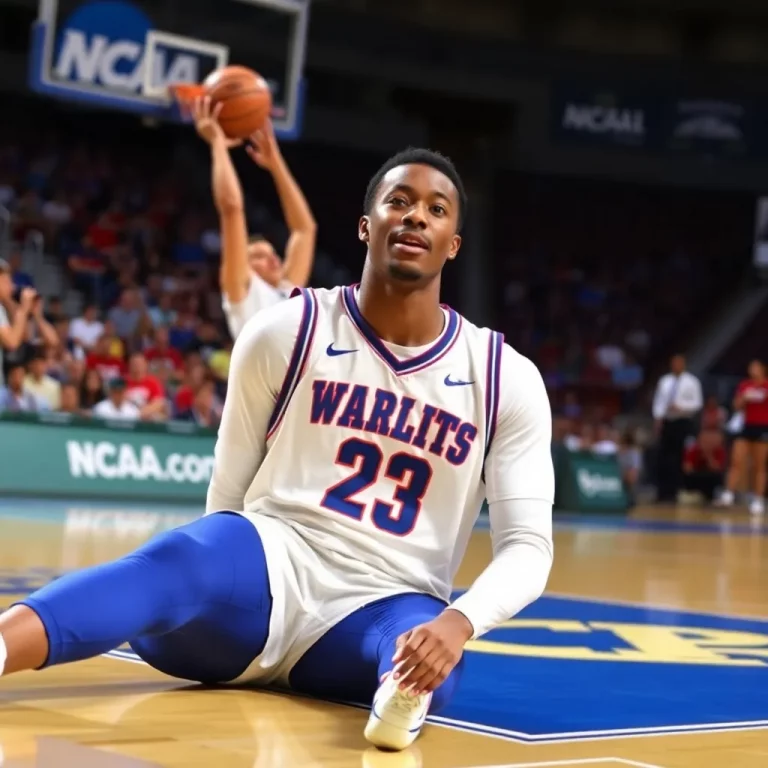In Indianapolis, a significant change has come to college sports as the NCAA’s Division I Board of Directors has formally approved new roster limit rules. This decision, made on Monday, is set to take effect on July 1, marking a major shift in how scholarships are awarded in collegiate athletics.
Under these new rules, schools that choose to participate in the recent House settlement will no longer face sport-specific scholarship limits. They will be able to award scholarships to as many athletes as their teams fit within the designated roster size caps described in the settlement. For instance, college football will now have a maximum roster size of 105 players, enabling each of those players to receive a scholarship. This is a big switch from the old rule, which allowed 85 scholarships but often included additional walk-on players without scholarships.
The NCAA emphasizes that this change is set to dramatically increase the number of scholarships available for college athletes, especially for women, with numbers expected to more than double compared to previous limits. “With the court’s approval of the House settlement, college sports are entering a new era of increased benefits for college athletes,” noted a spokesperson for the NCAA.
Importantly, the new rules include protections for current athletes who have remaining eligibility. This exemption ensures they will retain their roster spots as teams adapt to the new regulations, which could mean substantial shifts in roster sizes across all sports. However, it was a concern about these exemptions that delayed the settlement’s approval for months.
The House settlement itself is a historic moment for college sports, representing a long-term commitment of $2.8 billion over a decade. It not only provides compensation to past players for missed name, image, and likeness (NIL) opportunities but also secures current and future athletes access to legitimate NIL contracts. During the upcoming academic year, schools can share up to $20.5 million of their revenue with players, further enhancing the landscape of collegiate athletics.
The impact of these changes will be crucial in reshaping college sports, as schools move away from traditional models and explore new financial structures that benefit student-athletes.


